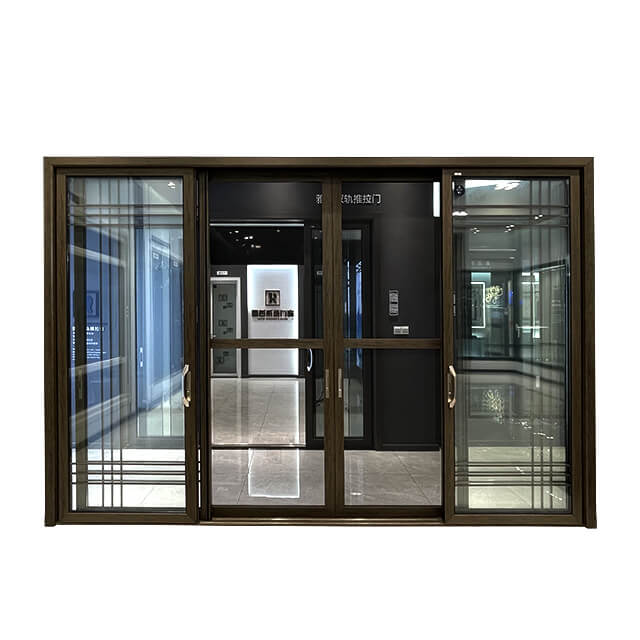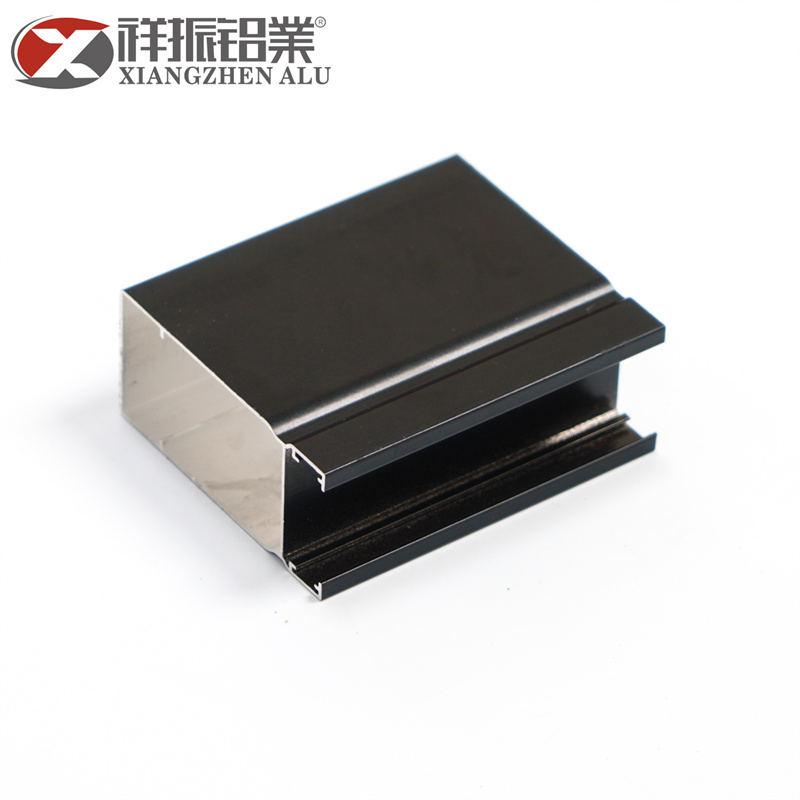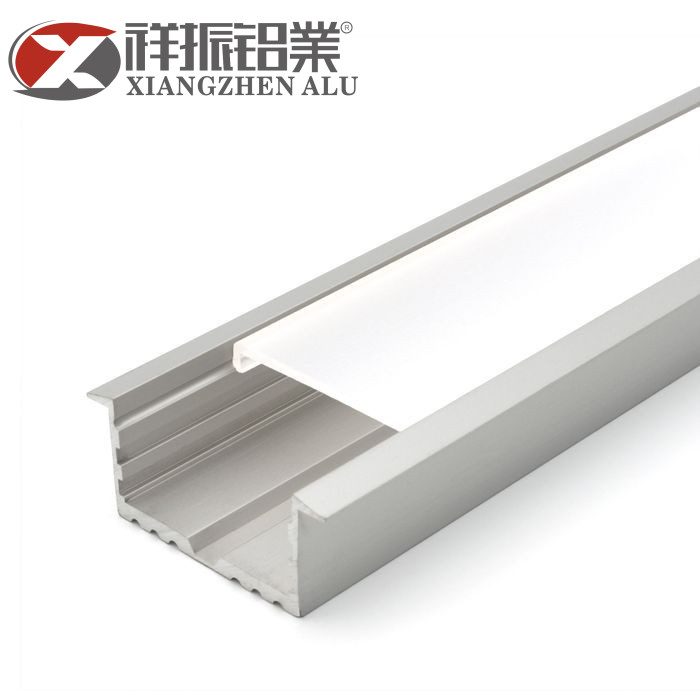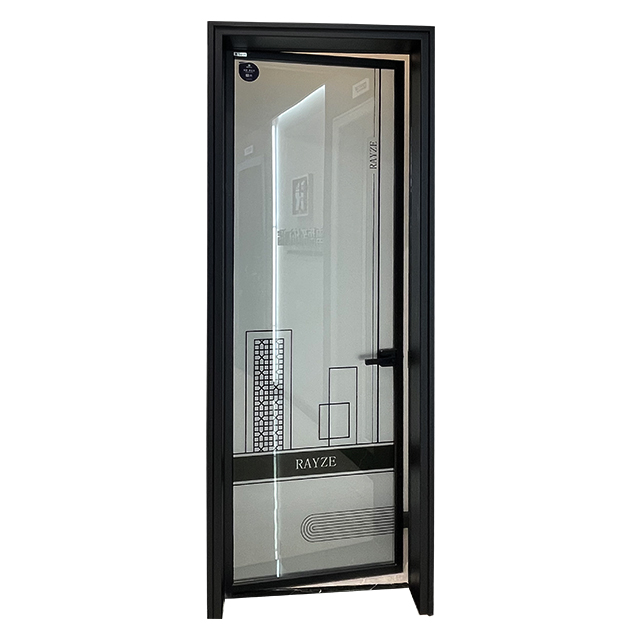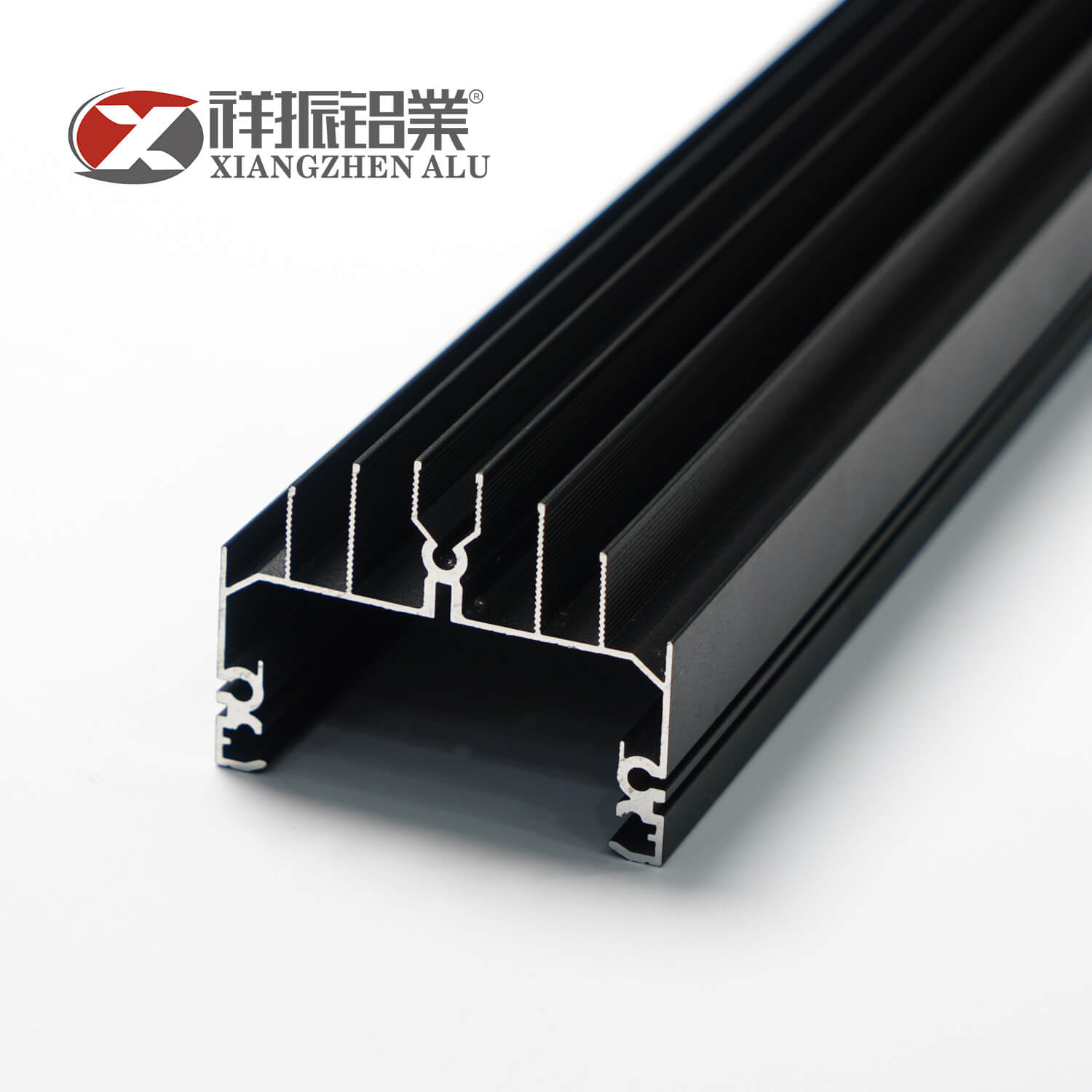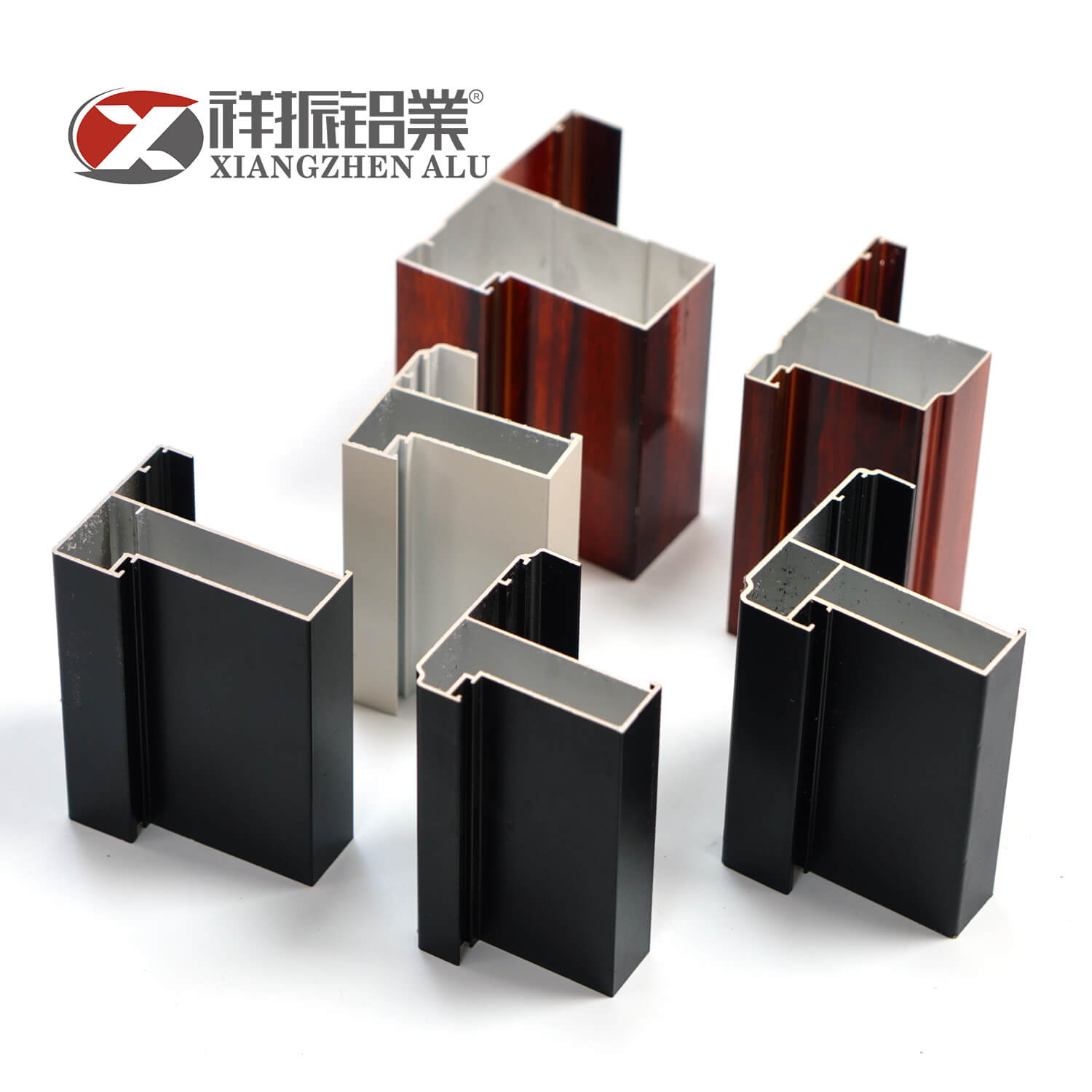Xiangzhen specialises in the production of aluminium profiles, Energy Saving facade, etc. We are located in Foshan, the birthplace of aluminium profiles in China, and Foshan aluminium is hot sold all over the world and has earned a good reputation among our customers.
Our aluminum products are renowned both at home and abroad. When it comes to choosing Energy Saving facade, Xiangzhen will be the ideal choice for you.
In today's world, energy conservation is a topic that is on everyone's mind. With the rapidly increasing population and depleting natural resources, there is a dire need for innovative solutions that can help us reduce our energy consumption. One such solution is the Energy Saving Facade, which has become increasingly popular in recent years. In this article, we will discuss what an energy-saving facade is, how it works, and the benefits and drawbacks associated with its application.
What is an Energy Saving Facade?
An energy-saving facade is a building envelope system designed to reduce the amount of energy consumed by a building. It is typically composed of an external layer of insulation, a ventilated cavity, and an outer cladding layer. The facade is designed to provide a barrier between the interior of the building and the external environment, thereby reducing the amount of heat that is transferred from the outside to the inside.
How does it work?
The energy-saving facade works by using the principles of insulation and ventilation to reduce the amount of heat that is transferred through the building envelope. The external layer of insulation provides a barrier that prevents heat from entering or leaving the building, while the ventilated cavity provides a buffer zone that helps to reduce the impact of external temperature fluctuations. The outer cladding layer is designed to protect the insulation and provide an aesthetically pleasing finish.
Applications of an Energy Saving Facade:
The Energy Saving Facade can be applied to both new and existing buildings. In new buildings, the facade can be incorporated into the design from the outset, whereas in existing buildings, the facade can be retrofitted to improve energy efficiency. The facade can be used in a variety of building types, including residential, commercial, and industrial buildings.
Benefits of an Energy Saving Facade:
There are several benefits associated with the application of an energy-saving facade, including:
-
Reduced energy consumption: The facade helps to reduce the amount of energy that is required to heat or cool the building, thereby reducing energy costs.
-
Increased comfort: The facade helps to maintain a consistent internal temperature, thereby increasing occupant comfort.
-
Improved indoor air quality: The facade helps to reduce the ingress of outdoor pollutants, thereby improving indoor air quality.
-
Increased building lifespan: The facade provides protection against weathering and can help to extend the lifespan of the building.
-
Improved aesthetics: The facade can be designed to enhance the aesthetic appeal of the building.
Drawbacks of an Energy Saving Facade:
There are some potential drawbacks associated with the application of an energy-saving facade, including:
-
Initial cost: The initial cost of installing an energy-saving facade can be relatively high.
-
Maintenance: The facade requires regular maintenance to ensure that it continues to function effectively.
-
Reduced natural light: The use of an energy-saving facade can reduce the amount of natural light that enters the building, which can impact occupant comfort.
-
Increased complexity: The installation of an energy-saving facade can be complex, and it may require specialist expertise.
Xiangzhen is committed to providing you with unparalleled support and service.
A quality, reliable Energy Saving facade manufacturer can save you a lot of unnecessary hassle. For more information on Energy Saving facade, please do not hesitate to contact us.

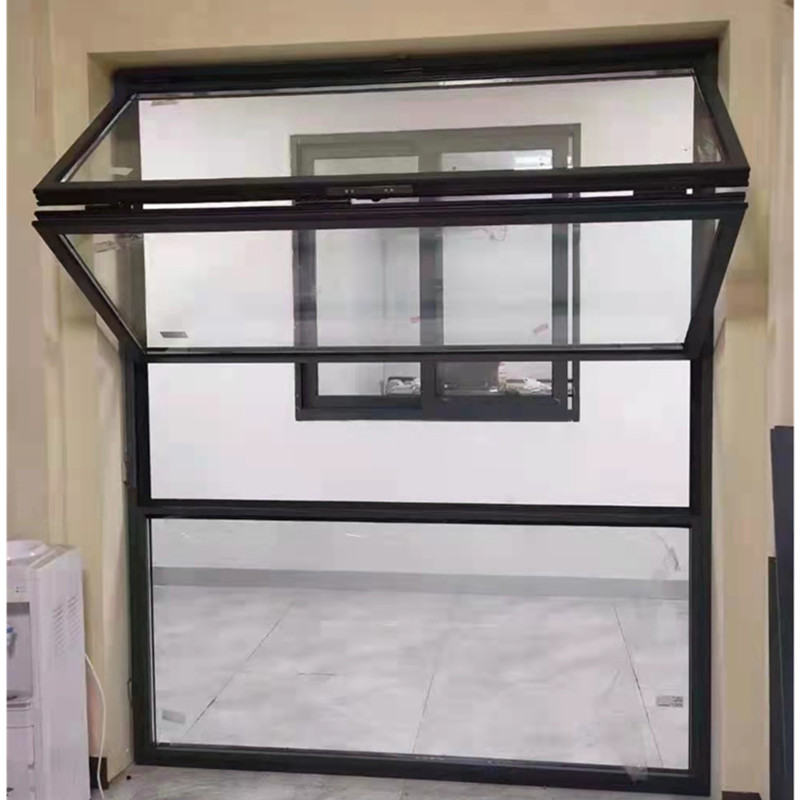
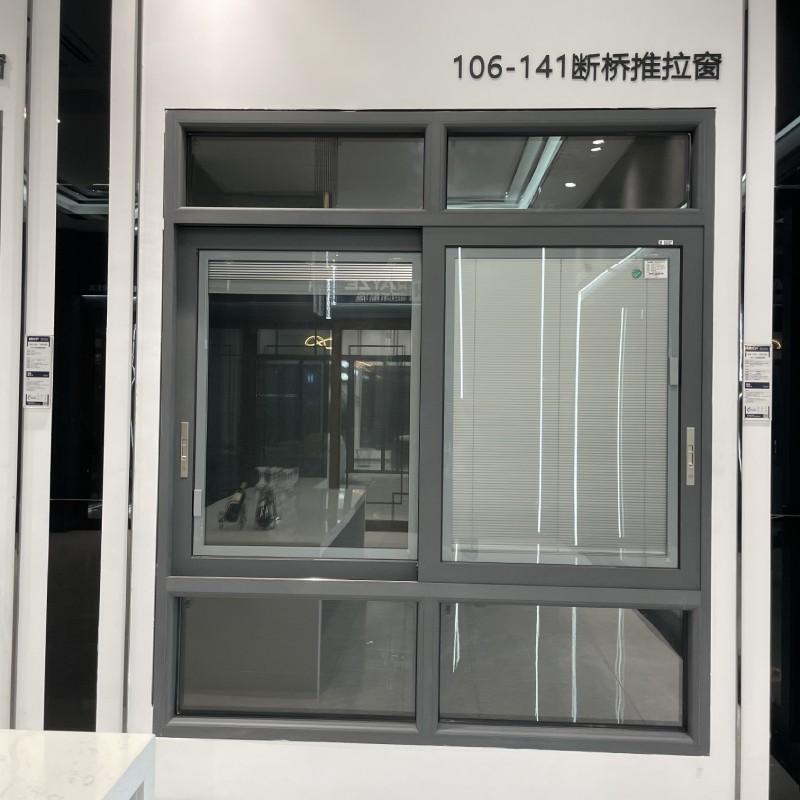
.jpg)
.jpg)
.jpg)
